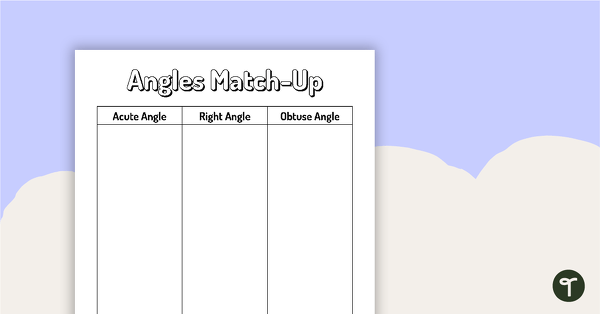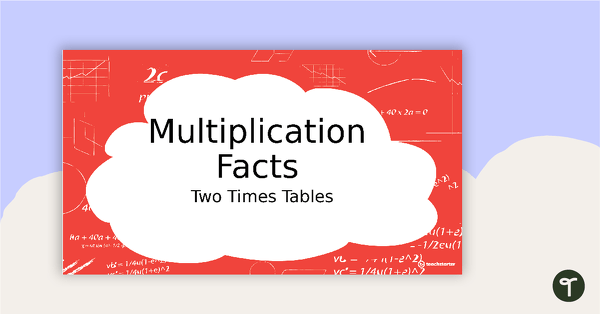Extend student understanding of multiplication and number lines with this set of 24 task cards.
Which Multiplication Problem Is Modeled on the Number Line?
Is this a question you find yourself asking your students? There are many different ways to represent multiplication problems, and using a number line is just one of those ways! Let’s take a quick look at how multiplication can be represented on a number line.
When looking at an example problem, such as 5 x 3 we teach students to say this in many ways. They may be able to read this as:
- 5 rows of 3
- 5 groups of 3
- 5 times 3
Another way we can teach our students to read this expression is, “5 hops of 3.” On the number line, this means that students will make “jumps” of 3, five times. After making these equal-sized jumps on the number line, they will land on the product, which is 15.
Practice Multiplication Using a Number Line
Exposing your students to many different multiplication strategies helps them with their overall number sense skills as well as finding a method that works for them. Teach Starter has created a set of 24 task cards to help your students improve their understanding of how number lines can be used to represent a multiplication equation. This teacher-created resource includes questions such as:
- What multiplication equation does this number line represent?
- Create a number line to solve the problem.
- Does the number line below model ___________?
In this download, you will also find a recording sheet for students to write down their answers and an answer key for you!
How to Get Your Multiplication Task Cards
If you are ready to get your hands on this set of multiplication questions, head on over to the green download button! Here, you will find the quick-print PDF file as well as the editable Google Slides option. If choosing the Google Slides document, please note that you will first be prompted to make a copy of the resource to your personal drive before accessing it.
After downloading this resource, consider printing the cards on cardstock and laminating them for durability. The cards can then be stored in an envelope, box or on a binder ring.
This resource was created by Cassandra Friesen, a teacher in Colorado and Teach Starter Collaborator.
More Multiplication Resources For You!
Don’t stop there! We’ve got more activities to shorten your lesson planning time:
[resource:5025965] [resource:4649086] [resource:2655302]












0 Comments
Write a review to help other teachers and parents like yourself. If you'd like to request a change to this resource, or report an error, select the corresponding tab above.